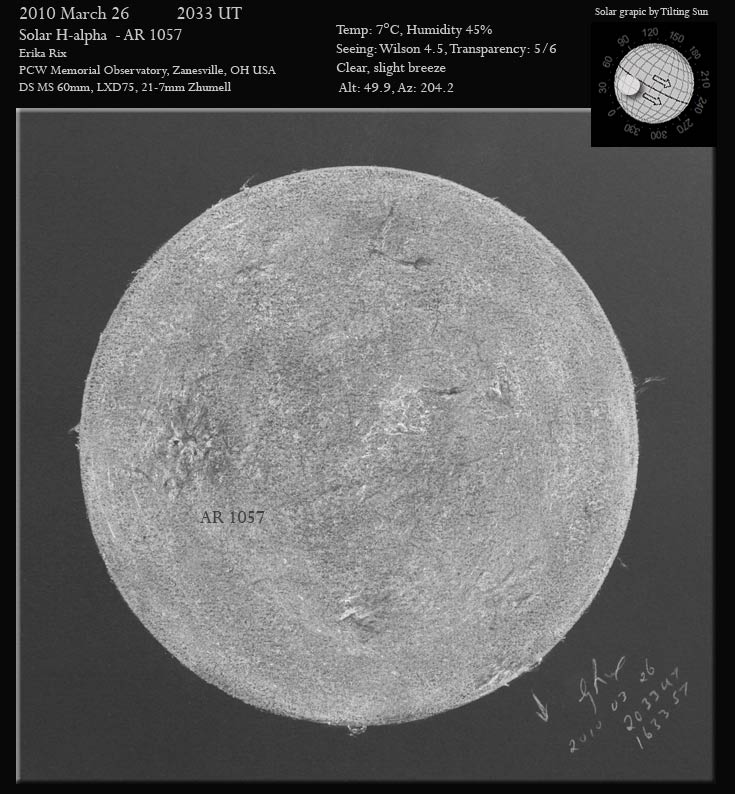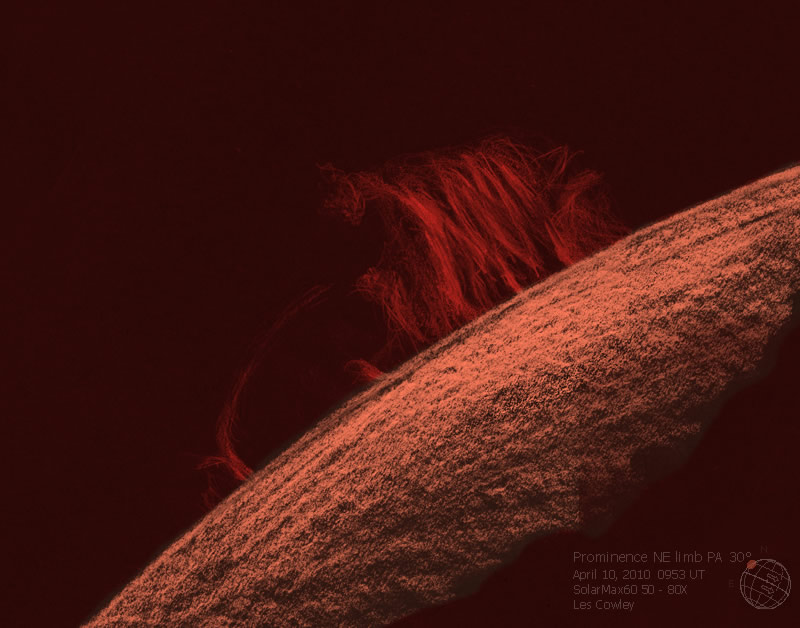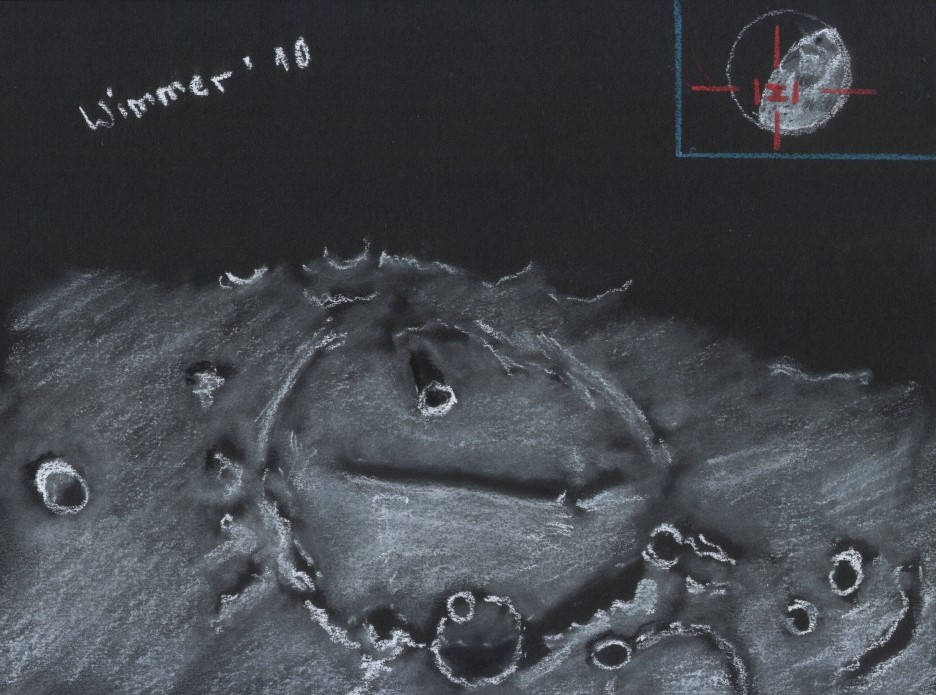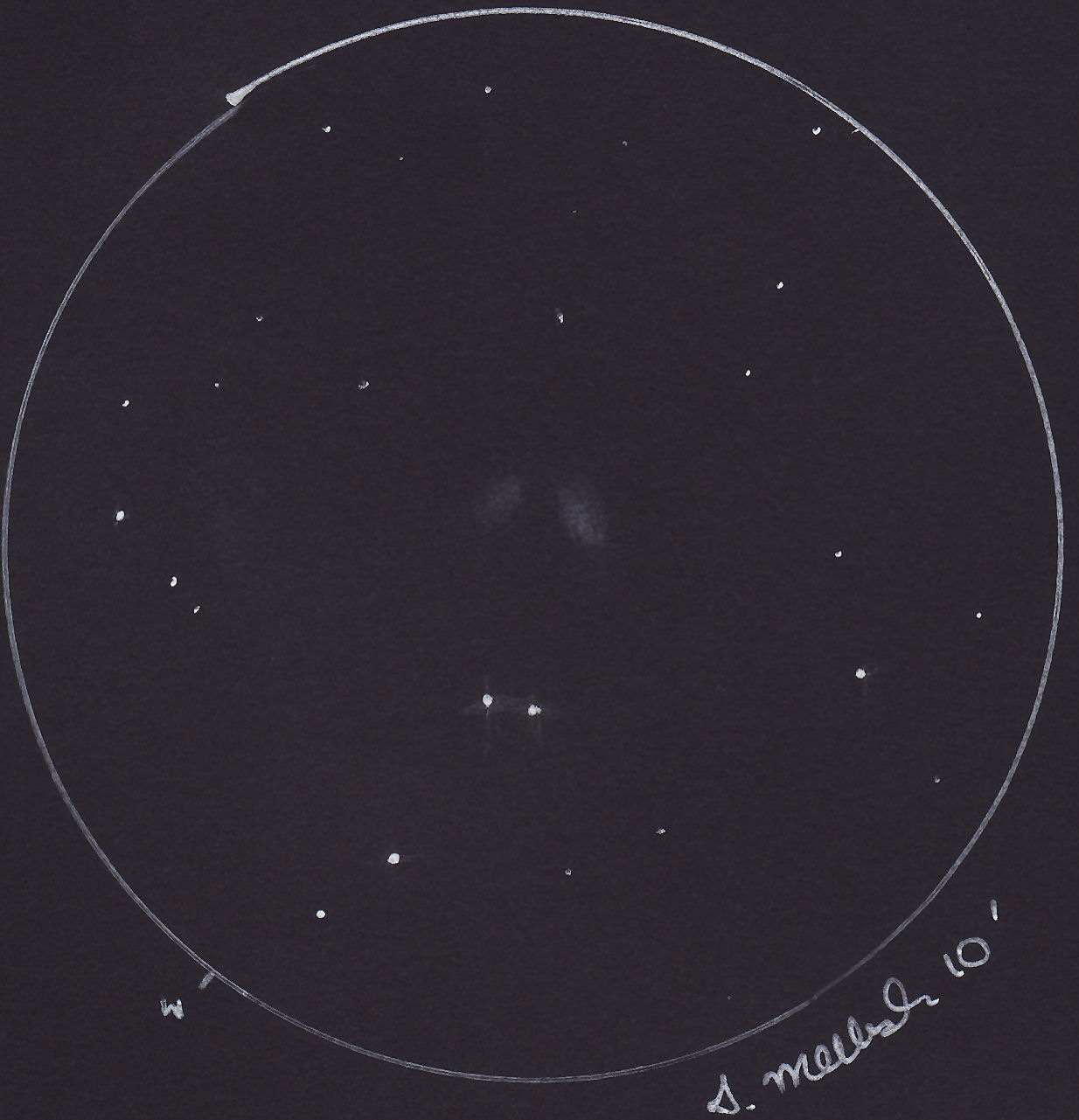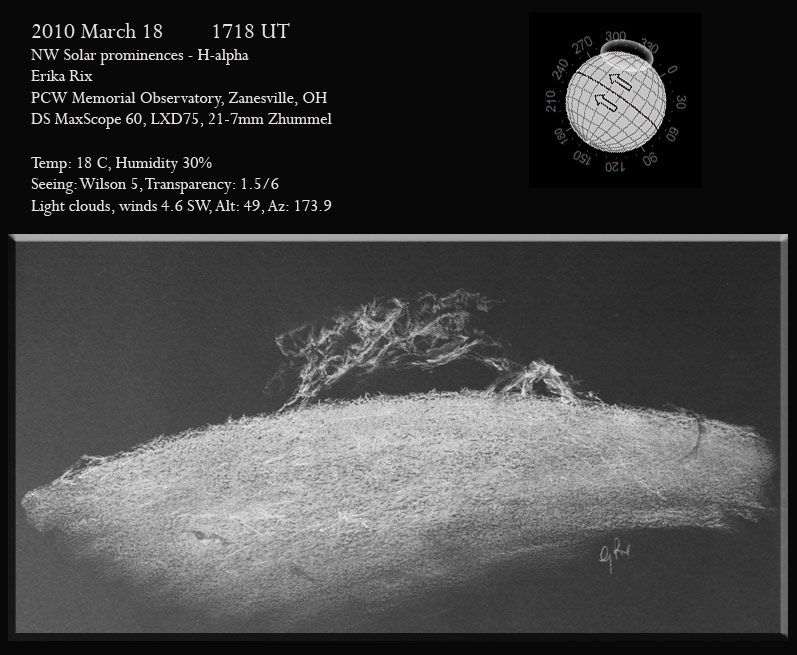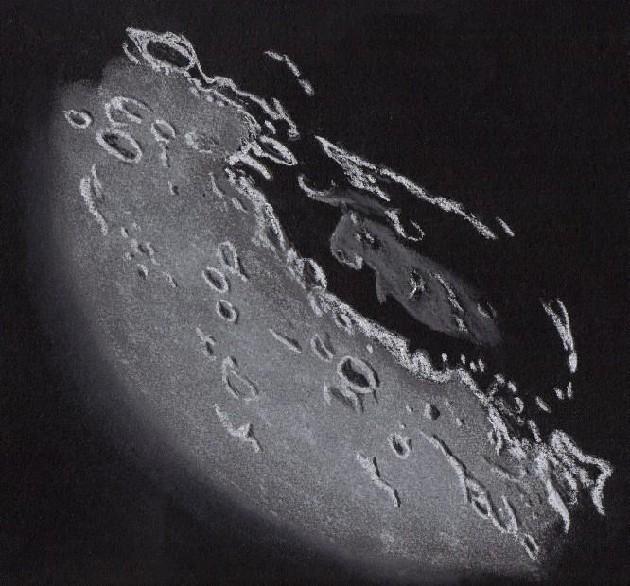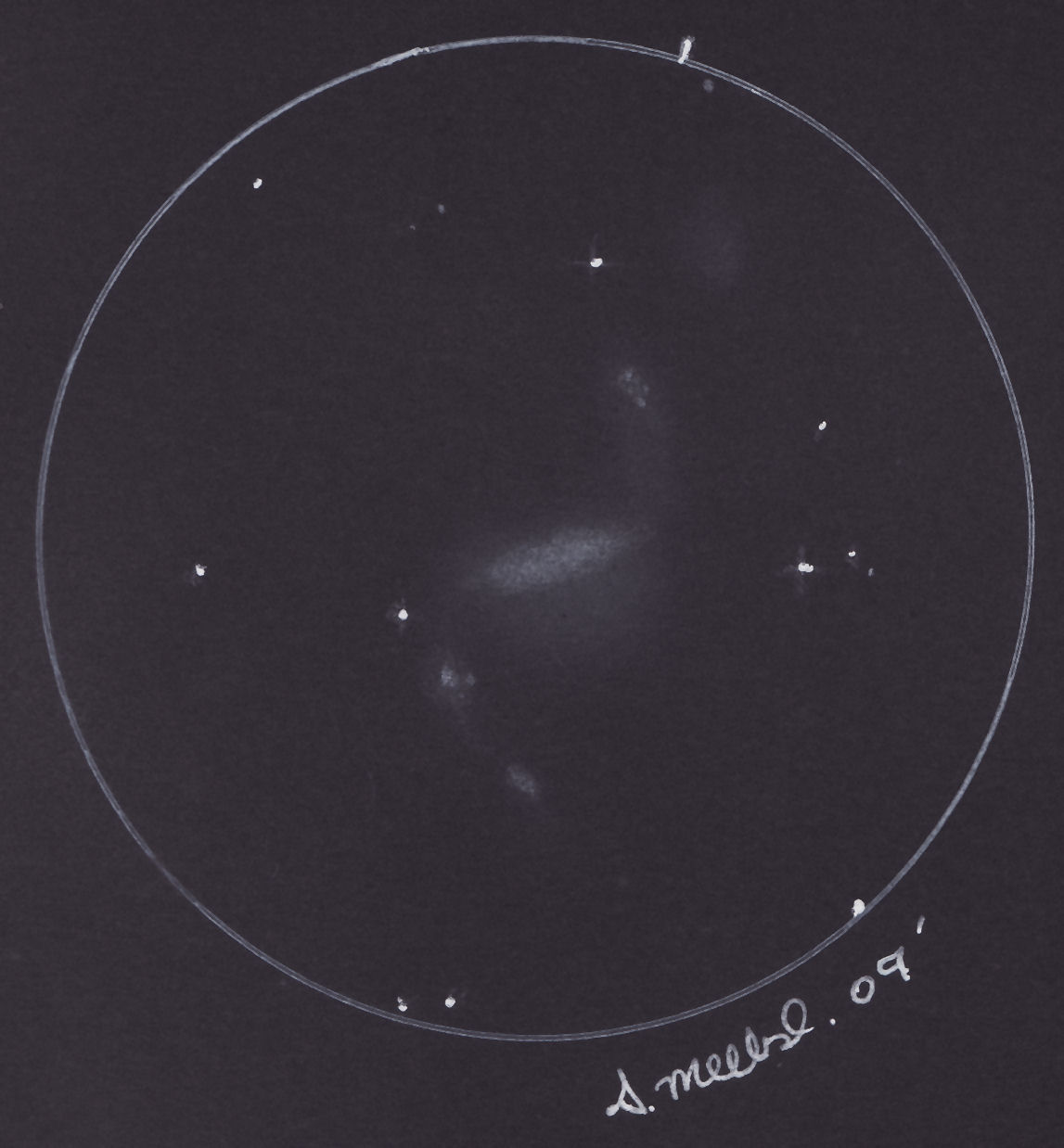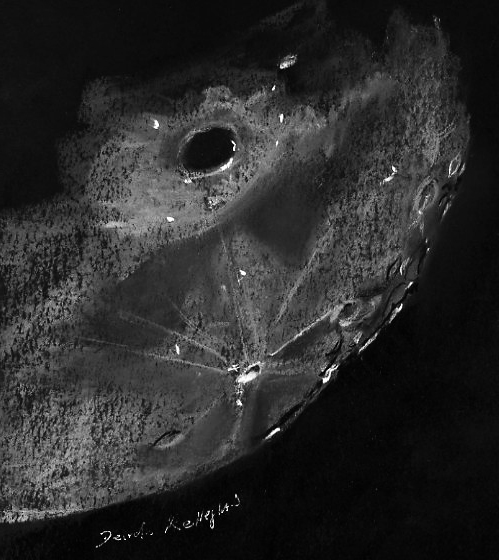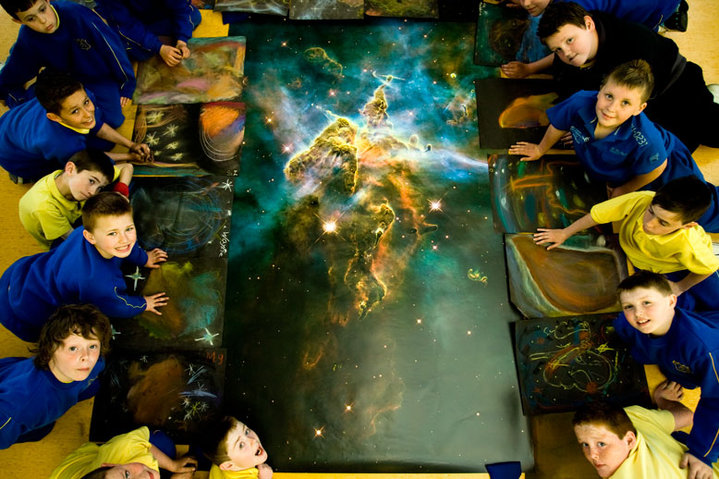
Children’s Hubble Drawings
Sketches by Students of St Peters National School Walkinstown Dublin
Photo by Bernard Kelleghan • Details by Deirdre Kelleghan
Gallery of the Individual Drawings
The 20th Anniversary of the launch of The Hubble Space Telescope was celebrated in St Peters National School Walkinstown Dublin 12 on April 23rd. ESA sent me an enormous print of the Carina nebula, the celebration image for public outreach. A drawing workshop to inspire and educate was the way to go. That morning the boys of 5th class at St Peters listened very carefully to my simple explanation of this visually powerful image. The boys used soft pastels on black paper and lovely blending and feathering drawing methods to capture the swirling clouds of gas and dust 7,500 light years from this planet. Great energy and use of color produced some beautiful drawings, it was a very special event. One child said ‘Its amazing to draw this huge thing on my small page’
Deirdre
